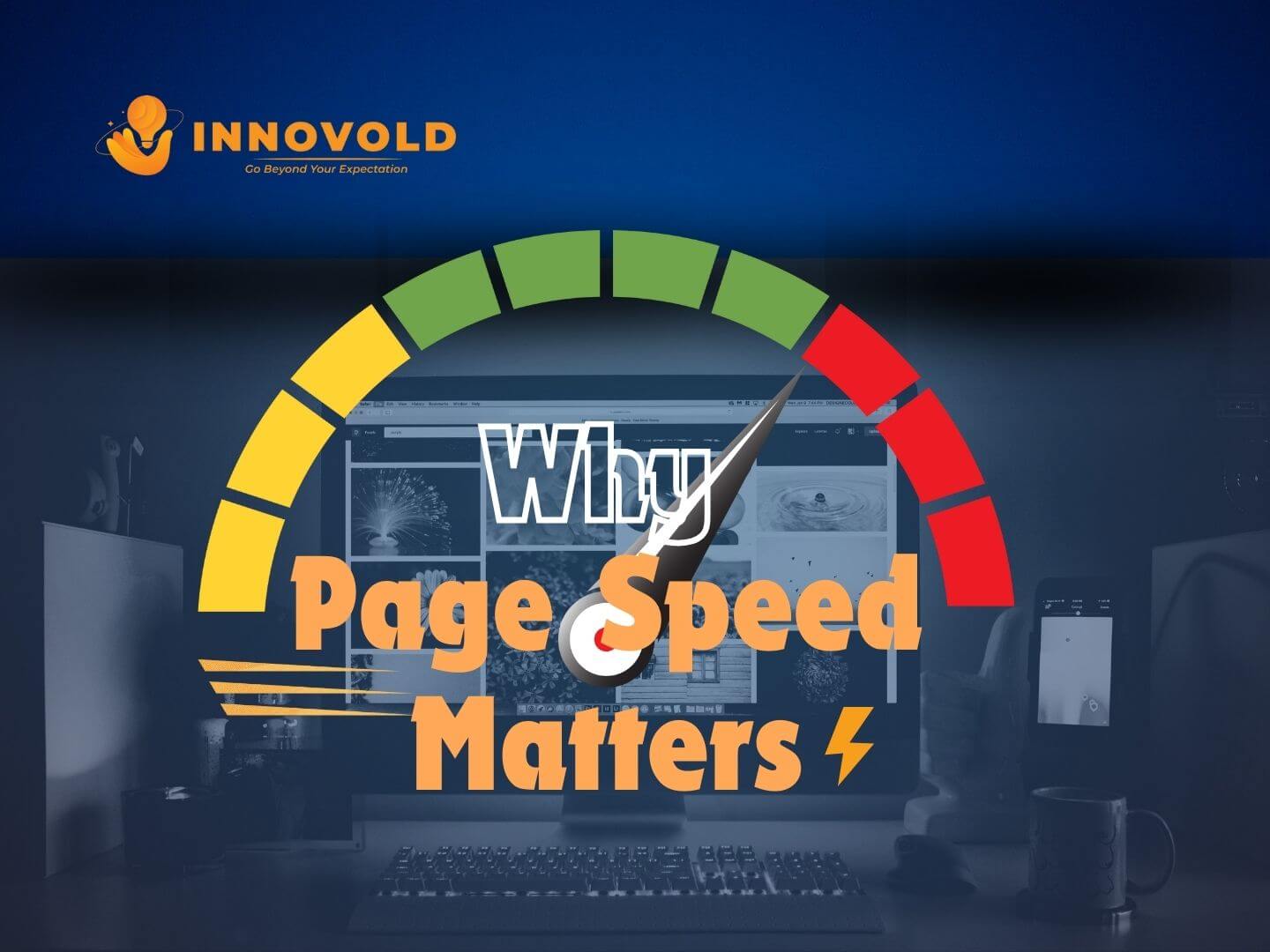Ever click on a link, only to be greeted by the dreaded spinning wheel of doom? You tap your foot impatiently, then… poof! You’re gone, onto the next website that respects your time. This, my friend, is the dark side of slow page speed. But it’s not just about frustrated users – it’s a double whammy that hits your website’s SEO (Search Engine Optimization) too.
Let’s dive into the not-so-secret relationship between the impact of page speed on SEO and user experience (UX). We’ll unveil how speedy pages become SEO sweethearts, and how to diagnose and fix a sluggish site (bonus tips included!).
Table of Contents
UX Gone Wrong – When Slow Pages Drive Users Away
Imagine a bustling restaurant with one overworked waiter. The food might be amazing, but the wait times kill the mood. That’s exactly how slow pages feel. Users get frustrated, bounce off your site (leave without exploring), and head to a competitor who serves content lightning-fast. Here’s the UX nightmare slow pages create:
- Impatience Takes Over: Studies show a one-second delay in loading time can decrease conversions by 7% [source: Small Business Web]. In today’s fast-paced world, users expect instant gratification. Make them wait, and they’re out the door.
- Engagement Takes a Nosedive: Slow pages make it a chore to navigate your site. Users won’t wait to explore your content or interact with your calls to action.
- Trust Takes a Hit: A slow site screams unprofessionalism. Users might question your legitimacy or the quality of what you offer.
SEO’s Secret Weapon: Why Page Speed Makes You Search Engine Royalty
Search engines like Google prioritize user experience. After all, they want to deliver the best possible results for their users’ queries. Here’s how Google web page speed plays a crucial role in your SEO success:
- Search Engine Love for Speedy Sites: Google considers page speed as one of its ranking factors. Faster pages are more likely to climb the search engine ladder, putting you in front of more potential customers.
- Bounce Rate Blues: High bounce rates (users leaving quickly) send negative signals to search engines. A speedy site keeps users engaged, reducing bounce rates and improving your SEO standing.
- Mobile Matters: With over half of all web traffic coming from mobile devices, Google prioritizes mobile-friendly websites. Optimizing your site for speed, especially on mobile, is crucial for SEO success.
Core Web Vitals: The Metrics That Matter
Now that we’ve established the importance of page speed, how do you measure it? Google introduced Core Web Vitals, a set of metrics that assess loading speed, interactivity, and visual stability. Here’s a breakdown of these vital signs:
- Largest Contentful Paint (LCP): This measures how long it takes for the main content of your page to load. Ideally, LCP should be under 2.5 seconds.
- First Input Delay (FID): This measures how responsive your site feels. A good FID score is under 100 milliseconds.
- Cumulative Layout Shift (CLS): This detects how much the layout of your page changes as it loads. A CLS score of less than 0.1 is what you want.
Diagnosing Your Speed Demons: Tools to Identify Slowness
Think your website might be a speedster trapped in a sloth’s body? Don’t worry, there are tools to diagnose the problem. Here are a few popular options:
- Google PageSpeed Insights: This free tool by Google analyzes your website’s speed and provides recommendations for improvement.
- GTmetrix: This free tool offers detailed reports on your website’s performance, including page speed and specific areas for optimization.
- Pingdom Website Speed Test: Another free tool that analyzes your website’s speed and provides actionable insights.
Optimizing Your Website for Blazing Speed
Once you’ve identified the bottlenecks slowing down your site, it’s time to take action! Here are some effective ways to optimize your website for SEO performance:
- Image Optimization: Large, unoptimized images are major speed culprits. Resize images, use compression tools and consider lazy loading (loading images only when they come into view).
- Reduce HTTP Requests: Every element on your page (images, scripts, etc.) requires an HTTP request. Minimize unnecessary elements and combine files when possible.
- Minify Code: Minifying code removes unnecessary characters and formatting, making your website’s code lighter and faster to load.
- Leverage Browser Caching: Caching allows browsers
Caching Your Way to the Top
Bonus Tips for SEO-Boosting Speed
Here’s where things get even better! We mentioned caching earlier, but there’s more to explore. Here are some bonus tips to turn your website into a speed demon and impress both users and search engines:
- Enable Browser Caching: Caching allows browsers to store frequently accessed files locally. This means users don’t have to download them every time they visit your site, resulting in faster loading times.
- Consider a Content Delivery Network (CDN): A CDN stores copies of your website’s content across geographically distributed servers. This ensures users access to content from the closest server, significantly reducing loading times, especially for international visitors.
- Optimize for Mobile: Remember, mobile reigns supreme! Ensure your website is mobile-friendly and optimized for speed on all devices. Use responsive design and prioritize mobile-specific optimizations.
- Stay Updated: Technology keeps evolving, and so do best practices for website speed. Regularly review your website’s performance and implement the latest speed optimization techniques.
The Winning Formula – SEO & User Experience Working Together
By prioritizing page speed, you create a win-win situation. Users get a smooth, frustration-free experience, and search engines reward you with higher rankings. Remember, a fast website is not just about SEO; it’s about creating a positive user experience that keeps visitors coming back for more.
Ready to unleash the power of blazing-fast page speed? By implementing these tips and tools, you can diagnose and fix sluggishness, optimize your website for SEO performance, and watch your user engagement and search engine rankings soar.
conclusion
In today’s digital age, speed is king. By prioritizing page speed, you’re not just making a technical tweak; you’re crafting a user experience that delights visitors and signals authority to search engines.
Remember, a fast website isn’t just an SEO tactic, it’s an investment in your brand’s success. So, take charge, unleash the power of speed, and watch your website transform from a slowpoke to an SEO superstar!




